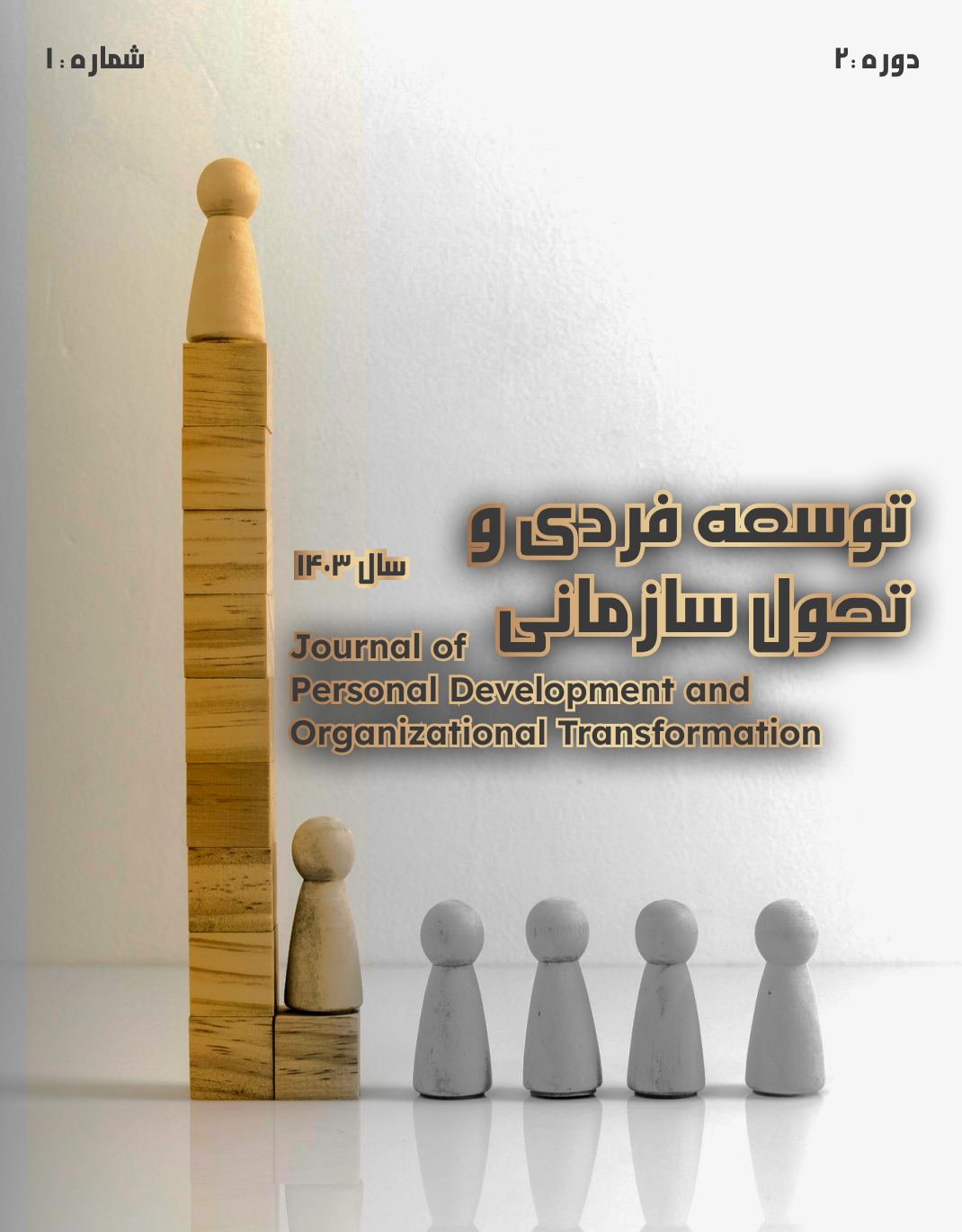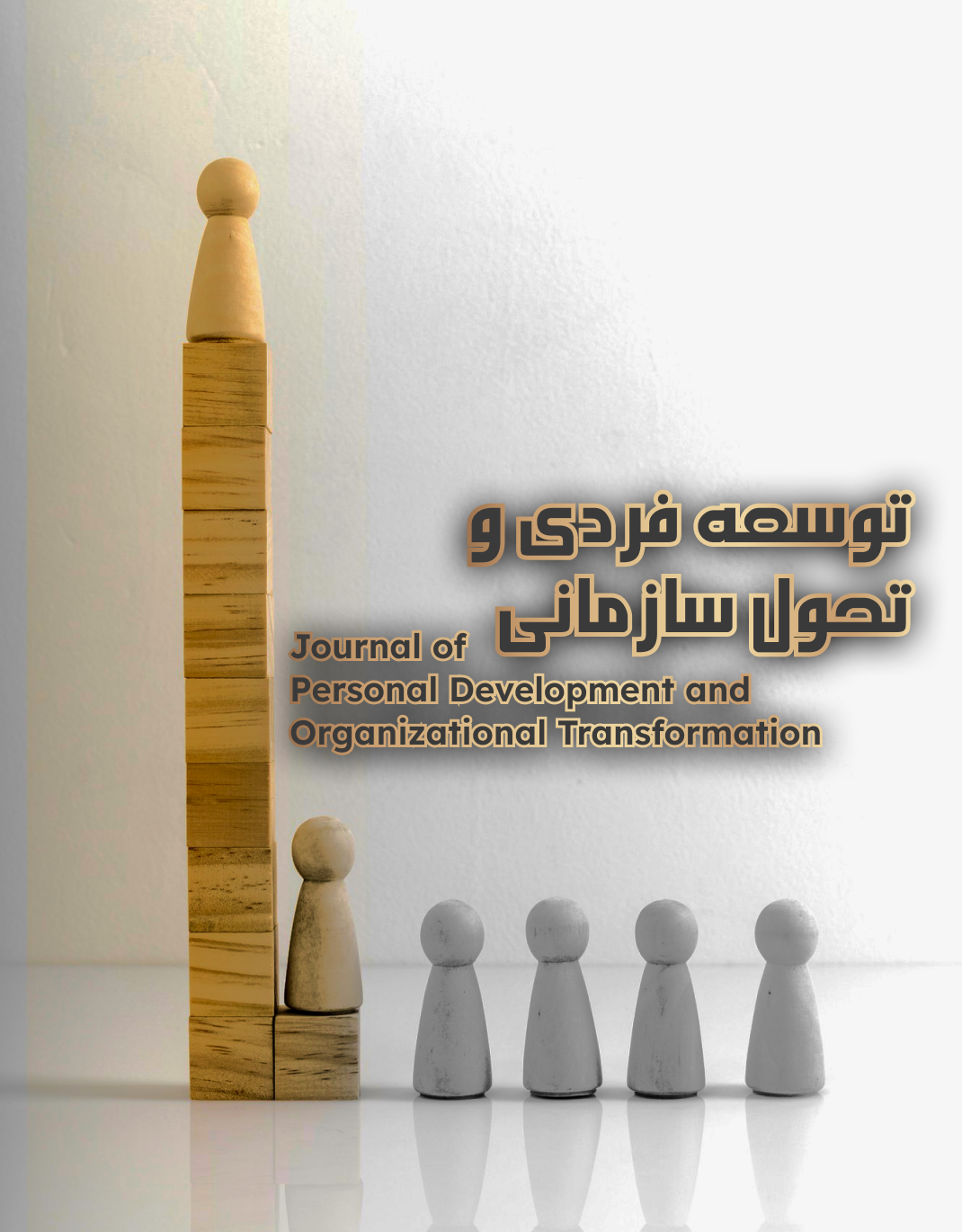Investigating the Factors Influencing the Intention to Continue Use and Repurchase Behavior via Mobile Shopping Applications: An Empirical Study Based on the Information Systems Success Model in Malaysia
Keywords:
Mobile shopping apps , Continuance intention, Repurchase, Incentive, Satisfaction, and TrustAbstract
Multichannel purchasing methods, including online and in-person shopping, have significantly influenced consumer purchasing behavior and have led to the increased use of mobile commerce applications. However, the long-term success of mobile commerce applications heavily depends on continued usage by consumers. Unfortunately, existing research in this area remains incomplete, and further investigation is warranted. To address this gap, the present study analyzes Malaysian consumers’ intention to continue using and repurchasing via mobile shopping applications, drawing upon the Information Systems Success Model (ISSM) framework. This study employs a quantitative methodology, and 402 questionnaires were collected through purposive sampling in Kuala Lumpur, Malaysia. The proposed hypotheses were analyzed using Partial Least Squares Structural Equation Modeling (PLS-SEM). The results revealed a positive relationship between service quality and system quality with consumer satisfaction, whereas information quality did not demonstrate a significant relationship with satisfaction. Moreover, service quality, system quality, and information quality—alongside satisfaction, trust, and incentives—had positive and significant effects on the intention to continue using mobile commerce applications. This study explores previously overlooked dimensions, including the intention to continue and sustained use of mobile commerce applications, within the framework of the Information Systems Success Model (ISSM). The findings provide practical and precise insights for improving consumer experience and fostering sustainable engagement with mobile commerce applications. Additionally, this research contributes to the advancement of knowledge regarding the fundamental constructs and the interrelationships among them, thereby strengthening theoretical development in this domain.
Downloads
References
Afira, N., & Yuliati, E. (2019). Factors affecting reuse intention on mobile shopping application. Iptek Journal of Proceedings Series, 0(5), 551. https://doi.org/10.12962/j23546026.y2019i5.6429
Almaiah, M. A., Al-Rahmi, A. M., Alturise, F., Alrawad, M., Alkhalaf, S., Lutfi, A., Al-Rahmi, W. M., & Awad, A. B. (2022). Factors influencing the adoption of internet banking: An integration of ISSM and UTAUT with price value and perceived risk. Frontiers in psychology, 13. https://doi.org/10.3389/fpsyg.2022.919198
Blue, A. (2020). COVID-19 has changed consumer behavior. What does it mean for the future? https://www.google.com/url?sa=t&source=web&rct=j&opi=89978449&url=https://news.arizona.edu/news/covid-19-has-changed-consumer-behavior-what-does-it-mean-future&ved=2ahUKEwiHmd-liKaOAxUSgP0HHaEXJEIQFnoECBcQAQ&usg=AOvVaw3ehH28wv4VrnFXz59YrWhY
Chan, X. Y., Rahman, M. K., Mamun, A. A., Salameh, A., Wan Hussain, W. M. H., & Alam, S. S. (2022). Predicting the intention and adoption of mobile shopping during the COVID-19 lockdown in Malaysia. Sage Open, 12(2), 215824402210950. https://doi.org/10.1177/21582440221095012
Chen, J. C., & Ha, Q. A. (2019). Factors affecting the continuance to share location on social networking sites: The influence of privacy concern, trust, benefit and the moderating role of positive feedback and perceived promotion innovativeness. Contemporary Management Research, 15(2), 89-121. https://doi.org/10.7903/CMR.19268
Cheng, X., Fu, S., Qi, Y., Zhao, H., Liu, F., Wang, Y., & Dong, X. (2022). Marketing by live streaming: How to interact with consumers to increase their purchase intentions. Frontiers in psychology. https://doi.org/10.3389/fpsyg.2022.933633
Chopdar, P. K., & Balakrishnan, J. (2020). Consumers response towards mobile commerce applications: S-O-R approach. International Journal of Information Management, 53. https://doi.org/10.1016/j.ijinfomgt.2020.102106
Chopdar, P. K., Korfiatis, N., Sivakumar, V. J., & Lytras, M. D. (2018). Mobile shopping apps adoption and perceived risks: A cross-country perspective utilizing the Unified Theory of Acceptance and Use of Technology. Computers in human Behavior. https://doi.org/10.1016/j.chb.2018.04.017
Chopdar, P. K., & Sivakumar, V. J. (2019). Understanding continuance usage of mobile shopping applications in India: the role of espoused cultural values and perceived risk. Behaviour and Information Technology, 38(1). https://doi.org/10.1080/0144929X.2018.1513563
Garrouch, K. (2021). Does the reputation of the provider matter? A model explaining the continuance intention of mobile wallet applications. Journal of Decision Systems, 30(2-3), 150-171. https://doi.org/10.1080/12460125.2020.1870261
Gupta, A. S., & Mukherjee, J. (2022). Long-term changes in consumers' shopping behavior post-pandemic: An exploratory study. International Journal of Retail and Distribution Management, 50(12), 1518-1534. https://doi.org/10.1108/IJRDM-04-2022-0111
Hariguna, T., & Ruangkanjanases, A. (2020). Elucidating e-satisfaction and sustainable intention to reuse mobile food application service, integrating customer experiences, online tracking, and online review. Revista Argentina de Clínica Psicológica, XXIX(3), 122-138. https://doi.org/10.24205/03276716.2020.704
Jain, N. K., Kaul, D., & Sanyal, P. (2021). What drives customers towards mobile shopping? An integrative technology continuance theory perspective. Asia Pacific Journal of Marketing and Logistics. https://doi.org/10.1108/apjml-02-2021-0133
Jo, H., & Bang, Y. (2023). Understanding continuance intention of enterprise resource planning (ERP): TOE, TAM, and IS success model. Heliyon, 9, e21019. https://doi.org/10.1016/j.heliyon.2023.e21019
Kim, Y., Wang, Q., & Roh, T. (2021). Do information and service quality affect perceived privacy protection, satisfaction, and loyalty? Evidence from a Chinese O2O-based mobile shopping application. Telematics and Informatics, 56, 1-16. https://doi.org/10.1016/j.tele.2020.101483
Maduku, D. K., & Thusi, P. (2023). Understanding consumers' mobile shopping continuance intention: New perspectives from South Africa. Journal of Retailing and Consumer Services, 70, 103185. https://doi.org/10.1016/j.jretconser.2022.103185
Malik, A., Suresh, S., & Sharma, S. (2019). An empirical study of factors influencing consumers' attitude towards adoption of wallet apps. International Journal of Management Practice, 12(4), 426-442. https://doi.org/10.1504/IJMP.2019.102534
Marinković, V., Đorđević, A., & Kalinić, Z. (2020). The moderating effects of gender on customer satisfaction and continuance intention in mobile commerce: a UTAUT-based perspective. Technology Analysis and Strategic Management, 32(3), 306-318. https://doi.org/10.1080/09537325.2019.1655537
Memon, S. B., Qureshi, J. A., & Jokhio, I. A. (2020). The role of organizational culture in knowledge sharing and transfer in Pakistani banks: A qualitative study. Global Business and Organizational Excellence, 39(3), 45-54. https://doi.org/10.1002/joe.21997
Miyapuram, K. P., Dabija, D. C., Pera, A., Popescu, G., Kovacova, M., Neguri, O., Grecu, I., Grecu, G., & Cornelia Mitran, P. (2020). Consumers' Decision-Making Process on Social Commerce Platforms: Online Trust, Perceived Risk, and Purchase Intentions. Frontiers in psychology. https://doi.org/10.3389/fpsyg.2020.00890
Nguyen, D. M., Chiu, Y. T. H., & Le, H. D. (2021). Determinants of continuance intention towards banks' chatbot services in Vietnam: A necessity for sustainable development. Sustainability (Switzerland), 13(14), 1-24. https://doi.org/10.3390/su13147625
Odusanya, K., Aluko, O., & Lal, B. (2020). Building consumers' trust in electronic retail platforms in the sub-Saharan context: An exploratory study on drivers and impact on continuance intention. Information Systems Frontiers. https://doi.org/10.1007/s10796-020-10043-2
Pasupuleti, R. S., Jeyavelu, S., & Seshadri, U. (2021). Understanding mobile grocery shopping continuance intention: Covid-19 and beyond. IUP Journal of Marketing Management, 20(4), 65-87. https://search.ebscohost.com/login.aspx?direct=true&profile=ehost&scope=site&authtype=crawler&jrnl=09726845&AN=154745311&h=UeuYrckx69QoX2hbRWHM9Io4s8xGgI%2F7JBbfIQgnMIADBSU6jjMw4qSjN1LyKcNlwAnNqfaZQQFwOtzl8FhBVg%3D%3D&crl=c
Putri, N., Prasetya, Y., Handayani, P. W., & Fitriani, H. (2024). TikTok Shop: How trust and privacy influence generation Z's purchasing behaviors. Cogent Social Sciences, 10(1). https://doi.org/10.1080/23311886.2023.2292759
Pwc. (2020). The changing landscape of consumer behaviour: What COVID-19 has taught us.
Ramayah, T. J. F. H., Cheah, J., Chuah, F., Ting, H., & Memon, M. A. (2018). Partial least squares structural equation modeling (PLS-SEM) using smartPLS 3.0: An updated guide and practical guide to statistical analysis. Pearson. https://www.researchgate.net/profile/Hiram-Ting/publication/341357609_PLS-SEM_using_SmartPLS_30_Chapter_13_Assessment_of_Moderation_Analysis/links/5ebc2be6a6fdcc90d674eb9c/PLS-SEM-using-SmartPLS-30-Chapter-13-Assessment-of-Moderation-Analysis.pdf
Sharma, S. K., & Sharma, M. (2019). Examining the role of trust and quality dimensions in the actual usage of mobile banking services: An empirical investigation. International Journal of Information Management, 44. https://doi.org/10.1016/j.ijinfomgt.2018.09.013
ShopSphere. (2023). The rise of mobile commerce: Unlocking the power of mobile shopping.
Statista. (2023). Change in mobile shopping usage by region 2021.
Tamilmani, K., Rana, N. P., Dwivedi, Y. K., & Kizgin, H. (2020). Consumer mobile shopping acceptance predictors and linkages: A systematic review and weight analysis. 12066, 1-14. https://doi.org/10.1007/978-3-030-44999-5_14
Tang, K. L., Huam, H. T., Cham, T., & Cheng, B. L. (2023). Unveiling the influence of social technologies on online social shopping in Malaysia. In Current and Future Trends on Intelligent Technology Adoption: Volume 1 (pp. 187-207). https://doi.org/10.1007/978-3-031-48397-4_10
Tarhini, A., Alalwan, A. A., Shammout, A. B., & Al-Badi, A. (2019). An analysis of the factors affecting mobile commerce adoption in developing countries: Towards an integrated model. Review of International Business and Strategy, 29(3), 157-179. https://doi.org/10.1108/RIBS-10-2018-0092
Thi, B. N., Lan, T., Tran, A., Thu, T., Tran, H., & Le, T. T. (2022). Factors influencing continuance intention of online shopping of generation Y and Z during the new normal in Vietnam. Cogent Business & Management, 9(1). https://doi.org/10.1080/23311975.2022.2143016
Tseng, T. H., Lee, C. T., Huang, H. T., & Yang, W. H. (2022). Success factors driving consumer reuse intention of mobile shopping application channel. International Journal of Retail and Distribution Management, 50(1), 76-99. https://doi.org/10.1108/IJRDM-08-2020-0309
Veeramootoo, N., Nunkoo, R., & Dwivedi, Y. K. (2018). What determines success of an e-government service? Validation of an integrative model of e-filing continuance usage. Government Information Quarterly, 35(2). https://doi.org/10.1016/j.giq.2018.03.004
Vo, T. H. G., & Wu, K. W. (2022). Exploring consumer adoption of mobile shopping apps from a perspective of Elaboration Likelihood Model. International Journal of E-Services and Mobile Applications, 14(1). https://doi.org/10.4018/IJESMA.296577
Won, D., Chiu, W., & Byun, H. (2023). Factors influencing consumer use of a sport-branded app: the technology acceptance model integrating app quality and perceived enjoyment. Asia Pacific Journal of Marketing and Logistics, 35(5), 1112-1133. https://doi.org/10.1108/APJML-09-2021-0709
Wu, J. J., Shu-Hua, C., & Kang-Ping, L. (2017). Why should I pay? Exploring the determinants influencing smartphone users' intentions to download paid app. Telematics and Informatics, 34(5), 645-654. https://doi.org/10.1016/j.tele.2016.12.003
Yan, M., Filieri, R., & Gorton, M. (2021). Continuance intention of online technologies: A systematic literature review. International Journal of Information Management, 58, 102315. https://doi.org/10.1016/j.ijinfomgt.2021.102315
Zhou, M., Cai, X., Liu, Q., & Fan, W. (2019). Examining continuance use on social network and micro-blogging sites: Different roles of self-image and peer influence. International Journal of Information Management, 47. https://doi.org/10.1016/j.ijinfomgt.2019.01.010
Downloads
Published
Submitted
Revised
Accepted
Issue
Section
License
Copyright (c) 2024 Ramesh Zaidi Abdul Rozan, Mohammad Osmani (Author)

This work is licensed under a Creative Commons Attribution-NonCommercial 4.0 International License.







